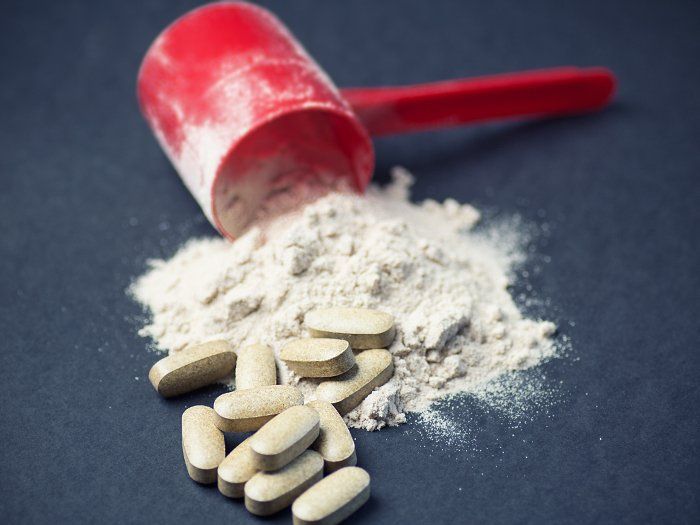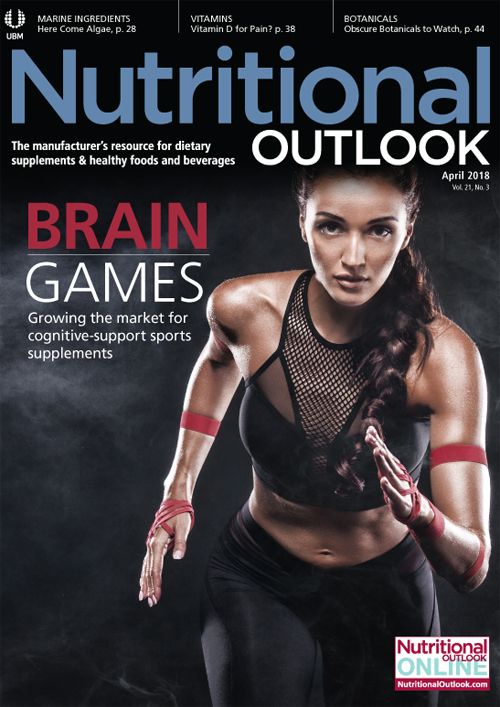Sports Nutrition's Biggest Regulatory Hurdles: A Quick Q&A with CRN
Nutritional Outlook interviewed Duffy MacKay, ND, senior vice president, scientific and regulatory affairs, Council for Responsible Nutrition, about some of the biggest regulatory hurdles and ingredients to watch in the sports nutrition category.
Photo © Shutterstock.com/Lecic

Nutritional Outlook interviewed Duffy MacKay, ND, senior vice president, scientific and regulatory affairs, Council for Responsible Nutrition, about some of the biggest regulatory hurdles and ingredients to watch in the sports nutrition category.
Nutritional Outlook: From a regulatory standpoint, what are some of the biggest challenges facing the sports nutrition category?
Duffy MacKay, ND: There’s pressure to be innovative, to come up with new ingredients and formulas, [and then to balance] that pressure with the time and the steps necessary to bring new ingredients and formulas to market. So, securing a good supply chain, making sure that you have done your new dietary ingredient (NDI) notifications, all those types of steps.
[The sports nutrition category is] an environment where there’s lots of excitement and new stuff, and athletes are always talking and looking for the newest and latest ingredients. In the past, we’ve seen ingredients come to market that have later been determined not to be dietary ingredients. For the business people in this space, that’s a frustrating place to be-where the market…and the regulators are pushing in the opposite direction, and your job is to balance those two forces.
Which sports nutrition ingredients has FDA identified as “high risk,” and how can manufacturers ensure that their products meet legal requirements?
FDA has a couple of web pages where they’ve identified [high-risk ingredients] in [the bodybuilding and weight-loss] categories. They’ve done quite extensive testing of products from the shelves, and they actually list on their website products for which they tested and found undeclared and illegal ingredients.
For smaller companies, getting the third-party [input], whether they’re consultants or law firms, or just experts in dietary supplements, to review their formulas and their labels [is important].
For the larger companies that are in the [sports nutrition] space that are seasoned veterans, supply chain management is really the challenge. Making sure that you’re getting the right ingredients, that they’re high quality, [and that] you’re testing them to make sure they’re free from contaminants. If you’re in one of these high-risk areas-for example, if you’re buying weight-loss ingredients from a foreign country-you might consider setting up some assays to screen for some of the common contaminants.
How is the industry responding to increased scrutiny of ingredients and products in the sports nutrition category?
I think we’re seeing companies moving toward buying from ingredient suppliers with well-known reputations…so that they don’t run into any adulteration issues. Informally, I have heard people trying to market questionable ingredients, and I’ve heard that they have to go to more and more obscure places on the Internet because the mainstream suppliers and retail outlets are asking all the hard questions up front and are not touching those ingredients.
In the old days, you might have had a major retailer that wanted to get ahead of a trend. And if they heard about a new ingredient, they’d be willing to just get out there in front. What I’m hearing these days is everyone [in the industry] saying, ‘Wait a minute, let me make sure that you’re an old [dietary] ingredient (ODI). Show me the evidence, or if you’re [a new dietary ingredient], that you’ve filed [an NDI] notification, or that there’s a GRAS dossier on the ingredient.’ They’re doing their homework before they’re jumping into the market.
Which key industry regulatory developments should sports nutrition product manufacturers and ingredient suppliers be on the lookout for in 2018?
I think that keeping an eye on whether FDA decides to…collate a list of grandfathered dietary ingredients…could be very informative to this industry. And I think that the industry can expect continued scrutiny of individual ingredients like we’ve seen with DMBA (1,3-dimethylbutylamine) and DMAA (1,3-dimethylamylamine). If FDA becomes aware of an ingredient like DMAA that they have concerns about, I anticipate that they’re going to continue to act swiftly.
Which other sports nutrition ingredients should industry keep its eye on this year?
The sports nutrition community-the user, the athlete-is very curious about the potential applications of CBD (cannabidiol). It’s stumbled into [the sports nutrition] area, and you can imagine that some of the proposed benefits of the ingredient align with a lot of athletic goals [such as] injury recovery and bone density.
Here again, you have [that] tension where FDA says this is not a legitimate dietary ingredient [and that] you should not put it in dietary supplements. But you have this groundswell of interest. At this point, [manufacturers] would be getting ahead of themselves to formulate with it because there’s a risk-FDA’s been fairly clear about their position. From a regulatory standpoint, it will be very interesting to see how this [develops moving forward].
Also read:
Asia Pacific Is Sports Nutrition’s Next Hot Spot
























